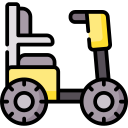
Essential Safety Checks for Electric Scooters
Chosen theme: Safety Checks for Electric Scooters. Before every ride, a quick, confident inspection turns small issues into simple fixes and keeps big surprises off the road. Join our community, share your checklist, and subscribe for weekly safety insights tailored to your scooter life.
Tires, Tread, and Pressure
Squeeze each tire, looking for firm feel, even wear, and embedded debris. Use manufacturer-recommended PSI for your model and weight, since overinflation reduces grip while underinflation invites pinch flats. Solid or honeycomb tires still need crack checks. Share your ideal PSI in the comments.
Brakes, Cables, and Stopping Confidence
Roll the scooter and gently apply each brake until you feel a firm, predictable bite. Listen for scraping that could mean rotor rub or misalignment. Mechanical systems need cable tension checks; hydraulic systems need leak inspections. Practice a straight, controlled stop before traffic, then tell us your preferred technique.
Lights, Reflectors, and Be Seen
Switch on the headlight, brake light, and side markers, then step back to confirm visibility from multiple angles. Clean lenses make a big difference at dusk. Carry a small backup clip light for emergencies. If your commute starts before sunrise, subscribe for our upcoming night-visibility checklist.
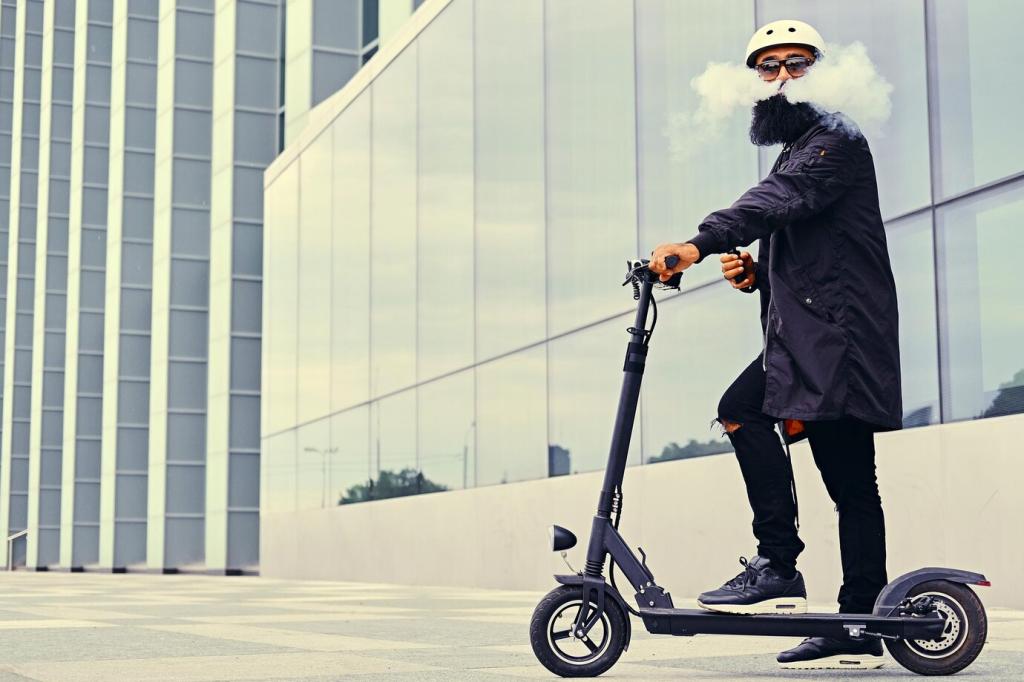
State of Charge and Range Planning
Aim to begin rides with a comfortable buffer, especially when hills, headwinds, or colder temperatures can shrink range. Many riders plan to finish around 20–30% rather than pushing to empty. Map your route, identify safe stops, and comment with your personal buffer target for urban or trail rides.
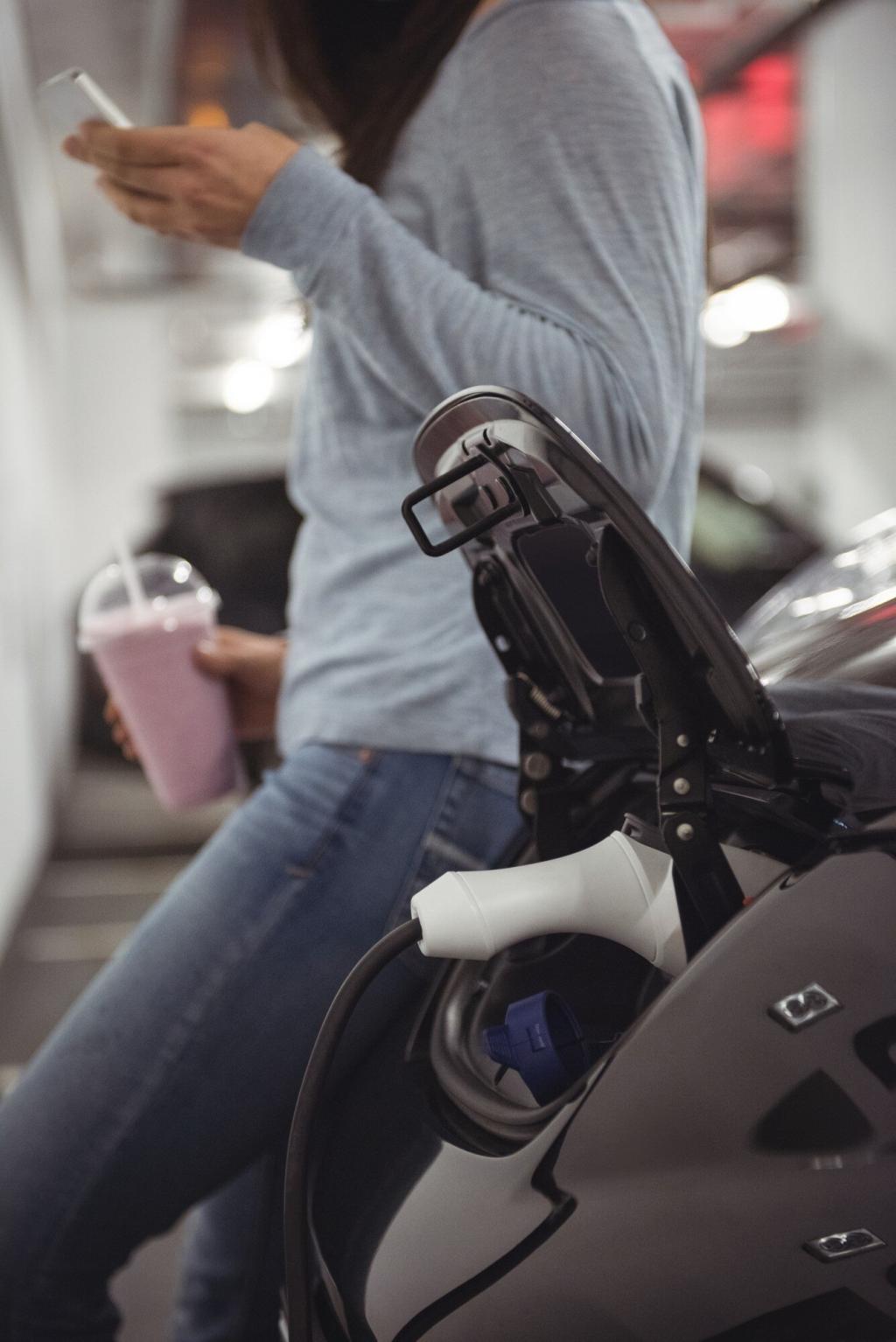
Charger, Port, and Cable Health
Inspect the charging port cap for a snug seal and the cable for kinks, heat marks, or bent pins. Never charge with damaged connectors. After rides in drizzle, dry the port area before plugging in. If your charger ever smells odd or hums loudly, retire it and tell others why in our thread.

Rain, IP Ratings, and Common Sense
Many commuter scooters advertise IP54-level splash resistance, which is not submersion-proof. Avoid deep puddles, pressure washers, and charging while wet. Wipe down connectors, let heat dissipate, and store in a dry place. Share your wet-weather routine so newcomers learn from real-world experience and avoid costly mistakes.

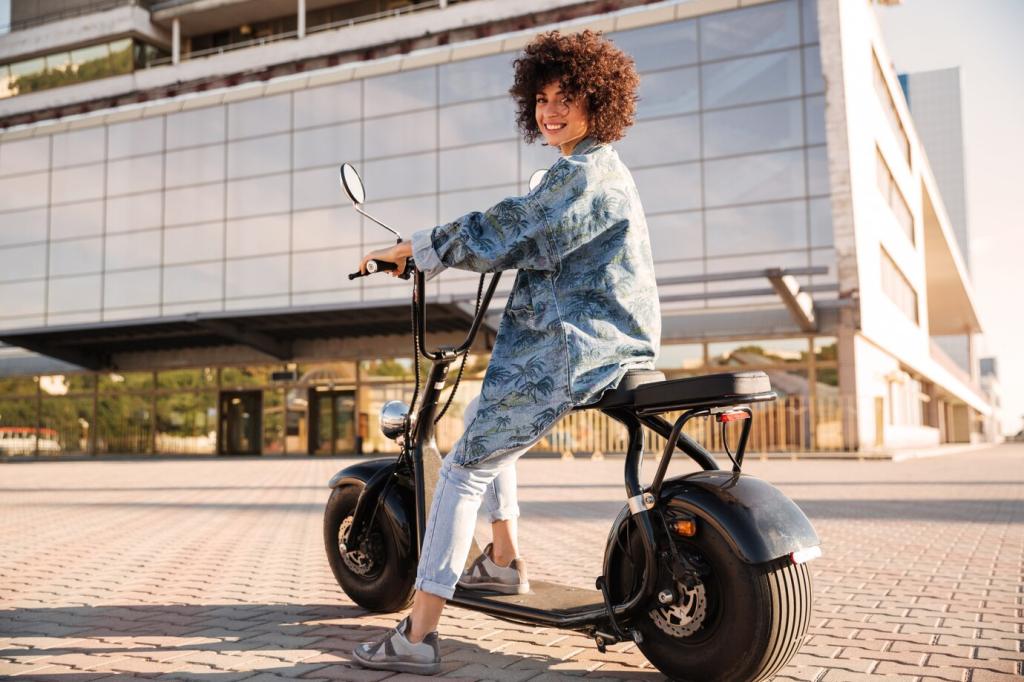
Controls, Displays, and Ride Modes
With the kickstand up, ease on the throttle to confirm predictable engagement without sudden surges. Check for sticky return or dead zones. Practicing gentle roll-on in an empty lot builds muscle memory. Post your trick for steady launches when merging from a stop into busy bike lanes.
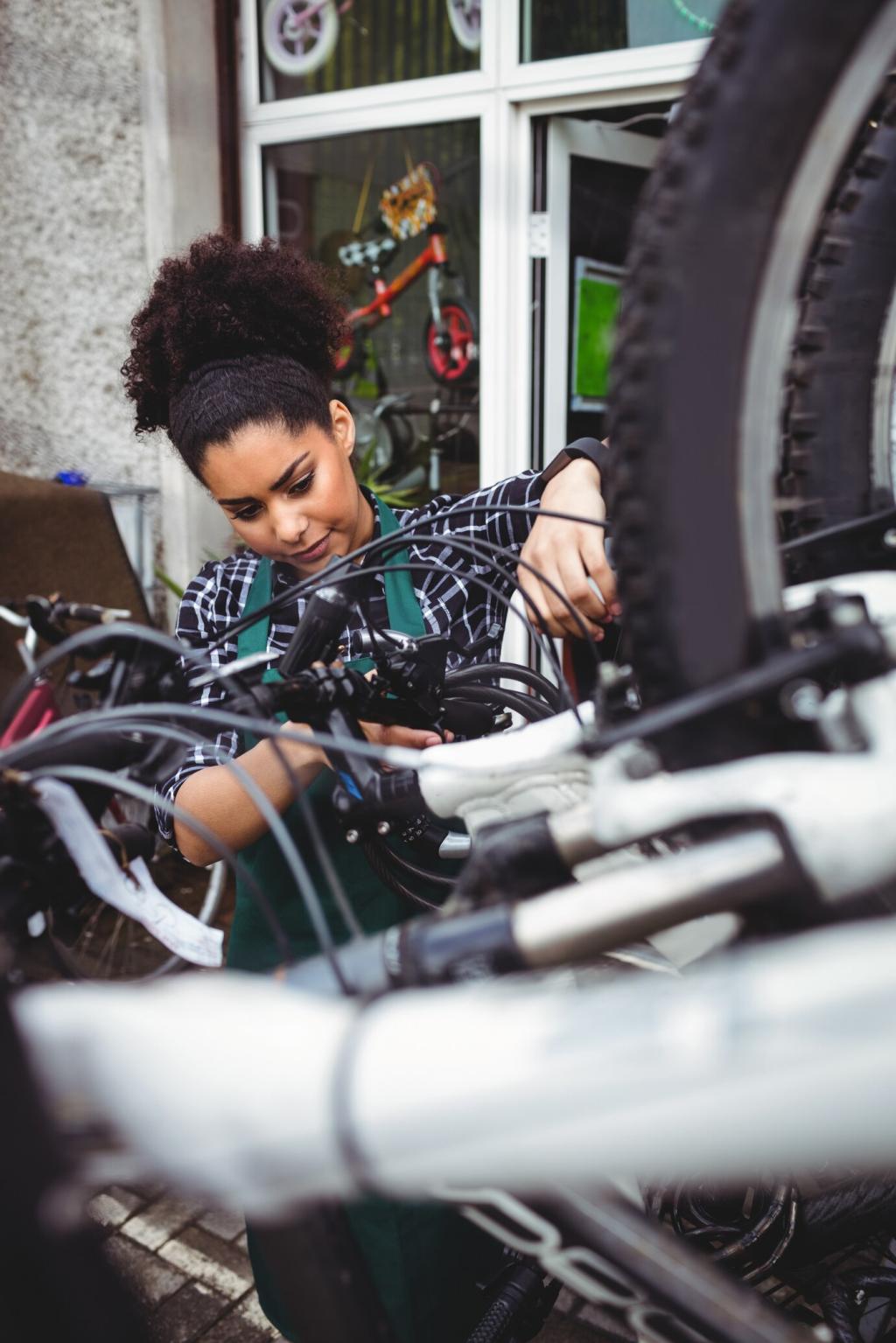


Maintenance Rhythm and Real-World Lessons
Create a weekly routine for tires, brakes, and lights, plus a monthly deep dive on bolts, bearings, and cables. Put reminders on your calendar. A ten-minute habit prevents hour-long repairs. Post your template checklist so others can download and customize it for their models.
Maintenance Rhythm and Real-World Lessons
Record PSI, mileage, and temperature on ride days; seasonal shifts matter more than most riders expect. If you notice edge wear or frequent punctures, adjust pressure or route choice. Keeping a simple note helps spot patterns early. Share your tracking method and any pressure sweet spots discovered.
Maintenance Rhythm and Real-World Lessons
Reader Maya once skipped a pre-ride bolt check, felt a stem wobble, and turned back just in time. Now she logs quick notes after rides and hasn’t had a scare since. Tell us your lesson learned, and subscribe so others benefit from honest stories like hers.
